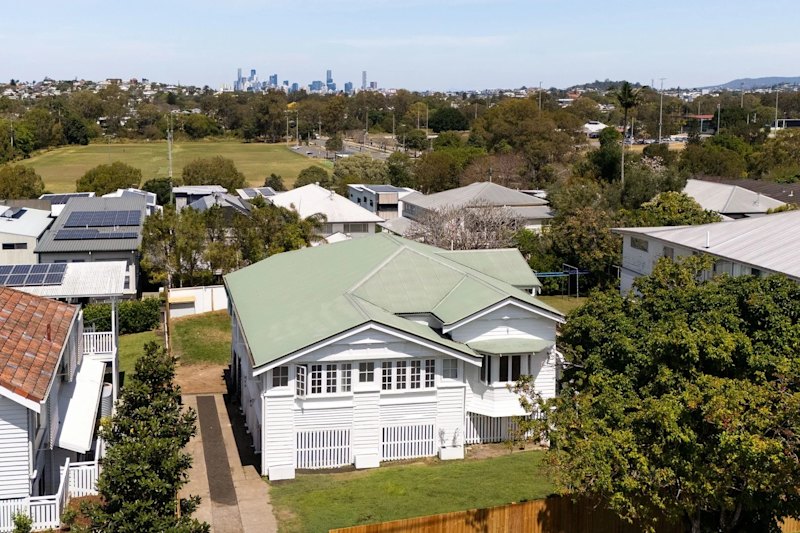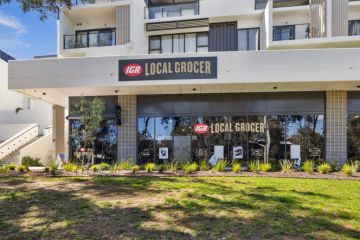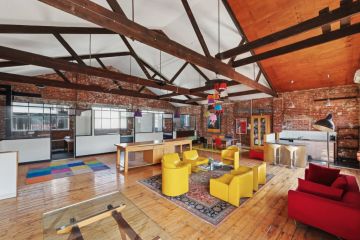Perth: How this once 'sleepy' market has been thrust into the investment spotlight
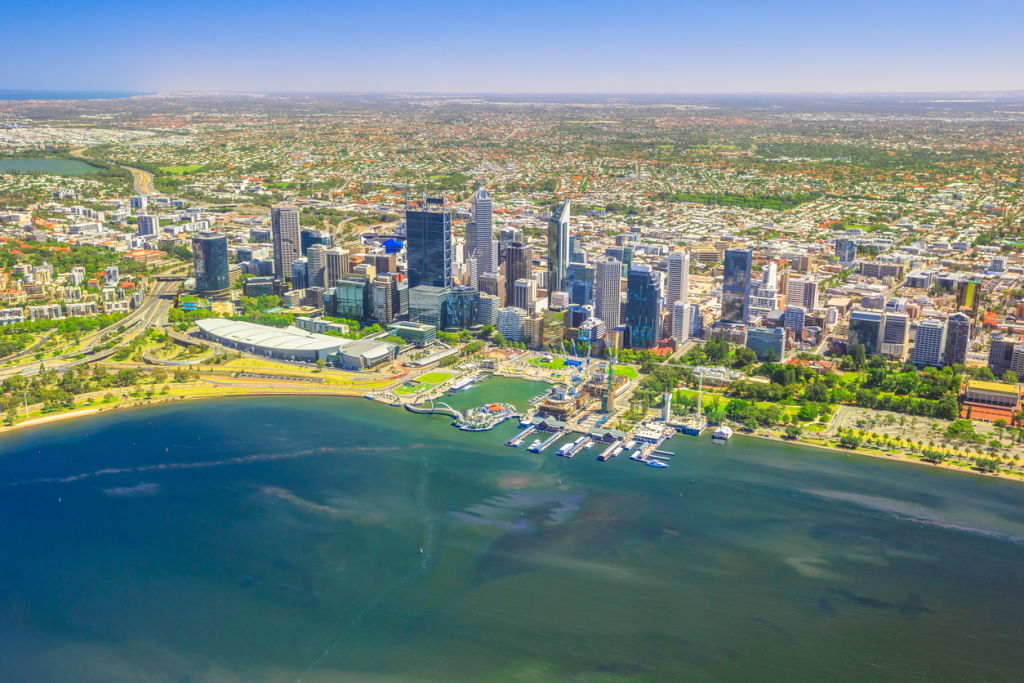
Wallowing in the property market doldrums for the last 10 years, Perth has suddenly shot back into the spotlight with some of the country’s strongest price growth and fastest-rising rents.
Last year, it was the lowest-ranked Australian city in Knight Frank’s Prime International Residential Index, with the annual price growth of luxury homes a sluggish 0.9 per cent.
Now, it’s the top city, at 3.6 per cent, compared with the Gold Coast’s 3.2 per cent, Sydney’s 1.1 per cent and Melbourne’s 0.9 per cent.
“When you look at the Perth market in 2020, it wasn’t as impacted as the others by the pandemic; it enjoyed a recovering resources sector, resilient commodity prices, an improving economy and a growing population,” said Michelle Ciesielski, Knight Frank head of residential research.
“COVID-19 made a lot of people re-evaluate how they want to live, and we’ve seen many people decide to relocate to more lifestyle cities, like Perth, Brisbane and the Gold Coast. Eighteen months ago, we saw a lot of ads for company decision-makers to head over to Perth from multiple cities, and many will stay, and we’re expecting another 3 per cent growth this year.”
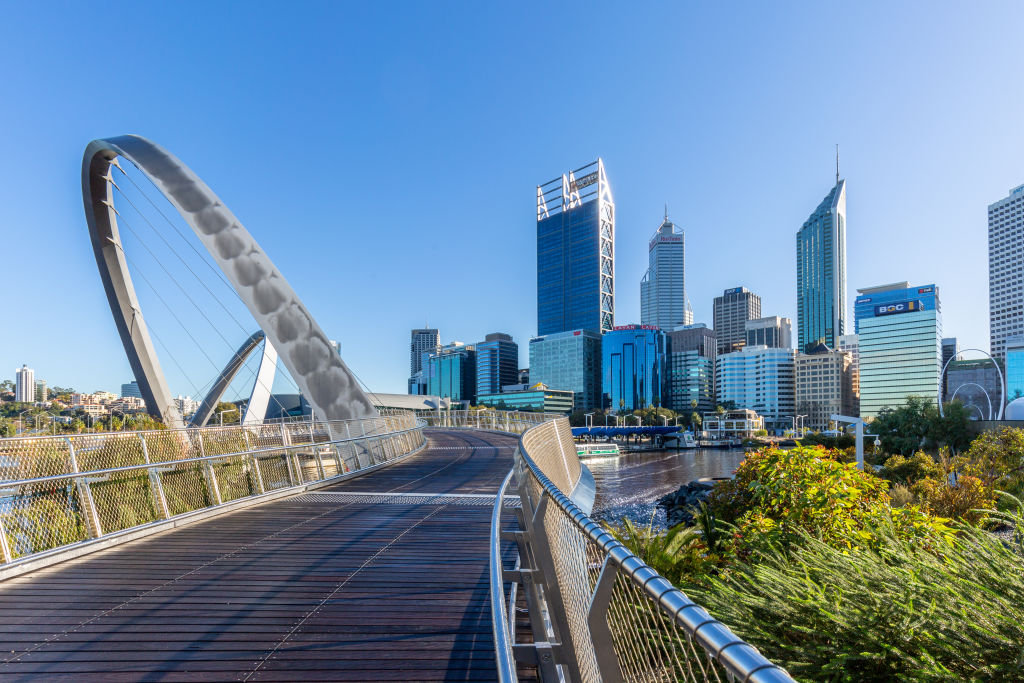
That flood of people from the resources industry, support businesses and financial services helped squeeze the rental vacancy rate from its old 7.7 per cent to less than 1 per cent today.
Perth property in most price ranges looks currently undervalued, with the rebound being felt across the luxury and mainstream markets.
Recent research by the Real Estate Institute of Western Australia (REIWA) also found that the current vacancy rate of 0.8 per cent is a 40-year low.
“Usually, in that kind of situation, you’d expect investor finance of about $1 billion a month,” said REIWA president Damian Collins.
“But right now, investors are thin on the ground. They’d normally be 40 per cent of buyers, but now they’re down to around 20 per cent.”
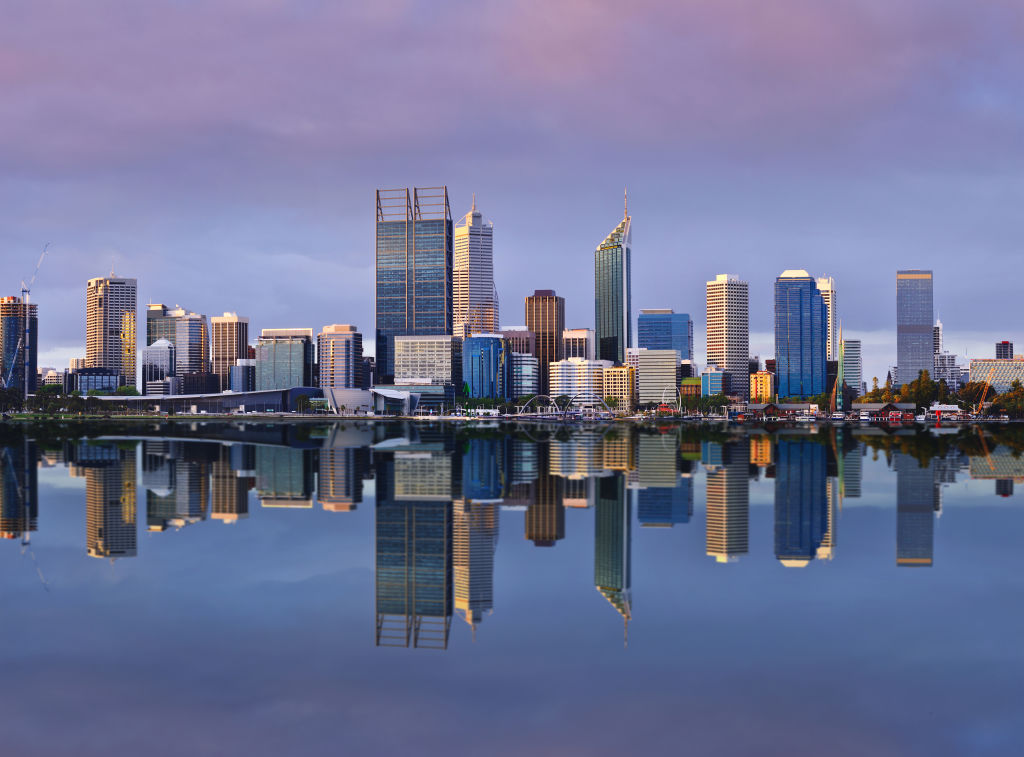
“I think the moratorium on increasing rents on existing tenancies because of COVID-19 put them off, but now that’s lifting on March 28. Then we need investors to come back as we’re in the middle of a real rental crisis with so few properties. Our growth yield is very good too at about 5 per cent, compared to 3 to 3.5 [per cent] for Sydney and Melbourne.”
Rents are already showing sharp increases because of the shortage of properties, says Helen Bond of Ray White Inner North.
“We have an abundance of people arriving at rentals and putting in offers [of] more than the property is asking,” she said.
“You might have 30 to 40 people coming to inspect a rental that’s asking $600 a week, and people are saying they’ll happily pay $630, $640, $650.”
And the best properties to buy as investments? William Porteous from his eponymous company says it’s easy to make a quick buck buying apartments, refurbishing them and then turning them over.
“But long-term, the best return is always on the best properties,” he said.
“Four, five and six-bedroom houses, renting at $1500 to $2000 a week, are highly sought after.”
We recommend
We thought you might like
States
Capital Cities
Capital Cities - Rentals
Popular Areas
Allhomes
More
